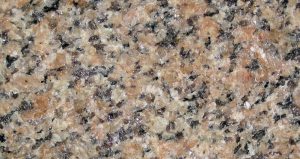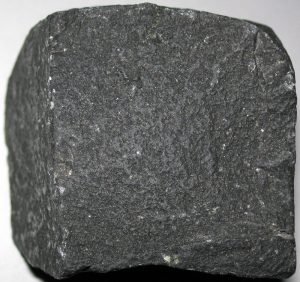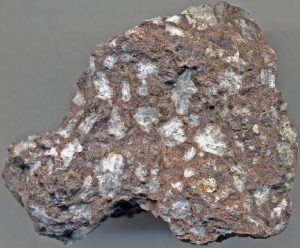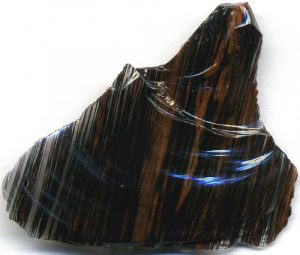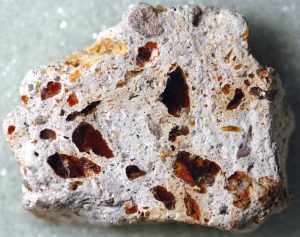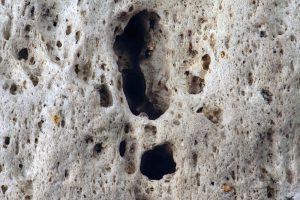4.2 Igneous Texture
Igneous Rock Texture
Texture is the key to understanding the cooling history of most igneous rocks that are solidified underground or on the surface. When molten rock starts to cool, it crystallizes. The rate that the rock cools and the presence of gases in the molten rock affect igneous textures. Why is this useful? Because texture is a helpful method to identify some igneous rocks! Below are some common examples of igneous texture [1]:
Let’s Review!
From the previous section, we briefly learned about cooling history and which rocks are extrusive and intrusive. Can you determine what type of rock these textures are?
**Note that Poryphryitic rocks vary by sample. In general, they cool slowly within the Earth where the crystals grow large, then cool rapidly near or at the surface.
In the exercises below, you will review samples that represent the main types of igneous rocks. You will not need to name them–yet. However, you will need to assign them a texture and determine their cooling history.
Sample 1: Click on the image below to view the sample as an interactive, 3D model!
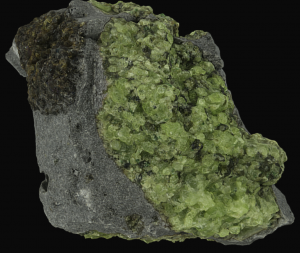
Sample 2: Click on the image below to view the sample as an interactive, 3D model!
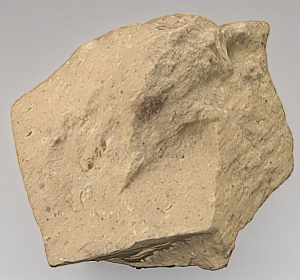
Sample 3: Click on the image below to view the sample as an interactive, 3D model!
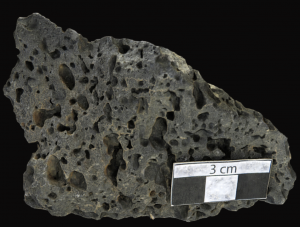
Sample 4: Click on the image below to view the sample as an interactive, 3D model!
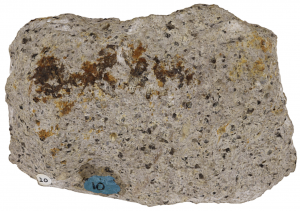
Sample 5: Click on the image below to view the sample as an interactive, 3D model!
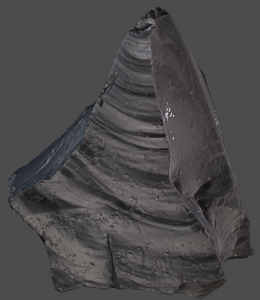
Sample 6: Click on the image below to view the sample as an interactive, 3D model!
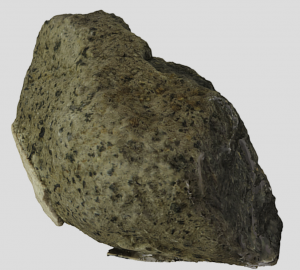
Remember that intrusive rocks cool slowly and extrusive rocks cool quickly from the previous part’s exercise.

